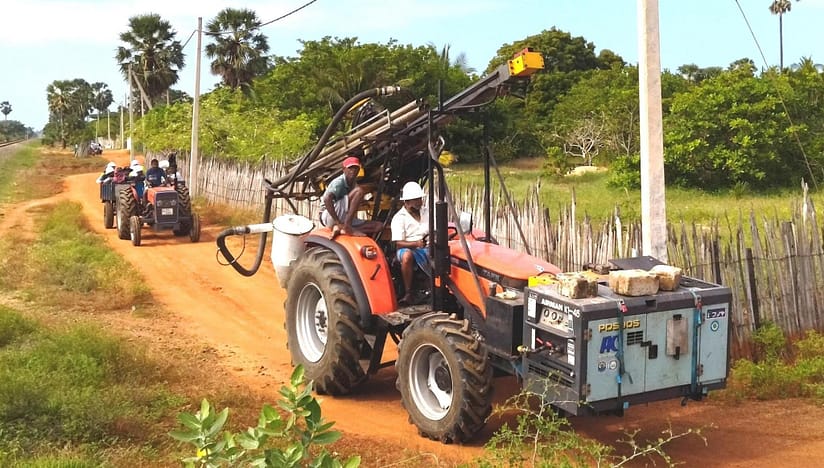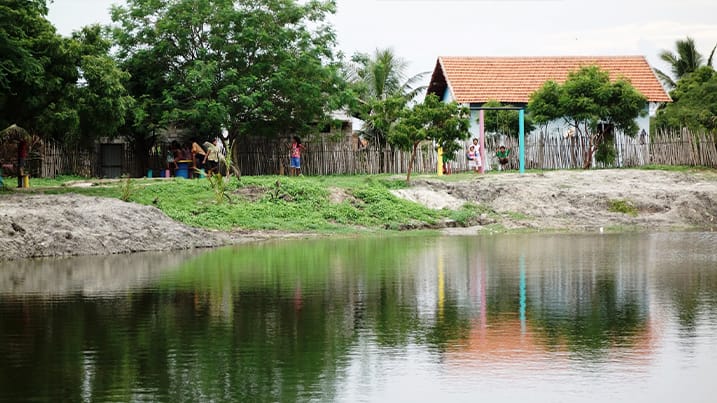Residents, environmentalists, and civil society groups are protesting the project, citing significant concerns including potential saltwater intrusion into groundwater, soil contamination, and habitat destruction for migratory birds. Residents also fear losing their homes, farmland, and fishing grounds due to mining activities.
Mannar residents and agencies also allege land grabbing and lack of transparency in the mining process without proper authorization or consultation with relevant authorities. The Central Environmental Authority (CEA), the Geological Survey and Mines Bureau (GSMB), and the Board of Investment (BOI) are government bodies involved in the project.























